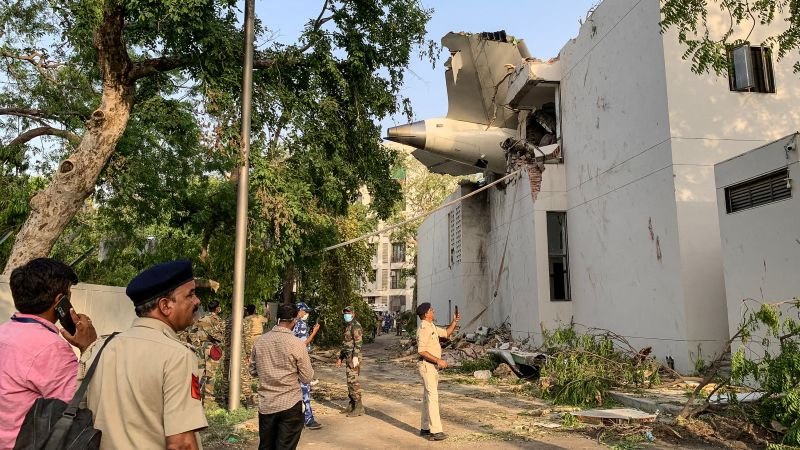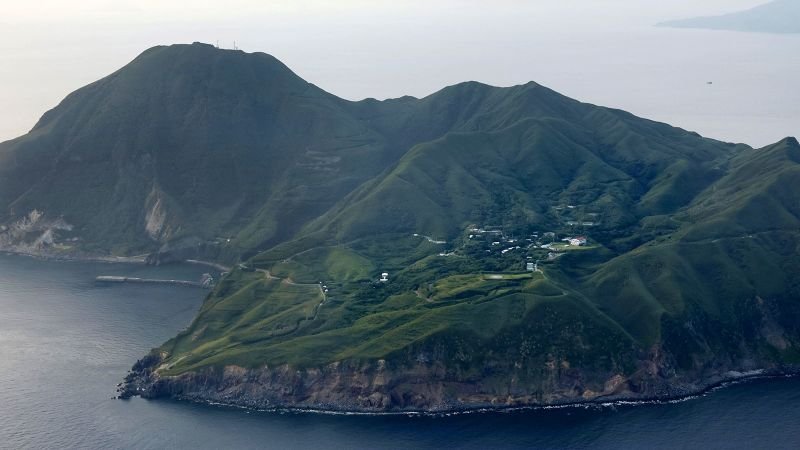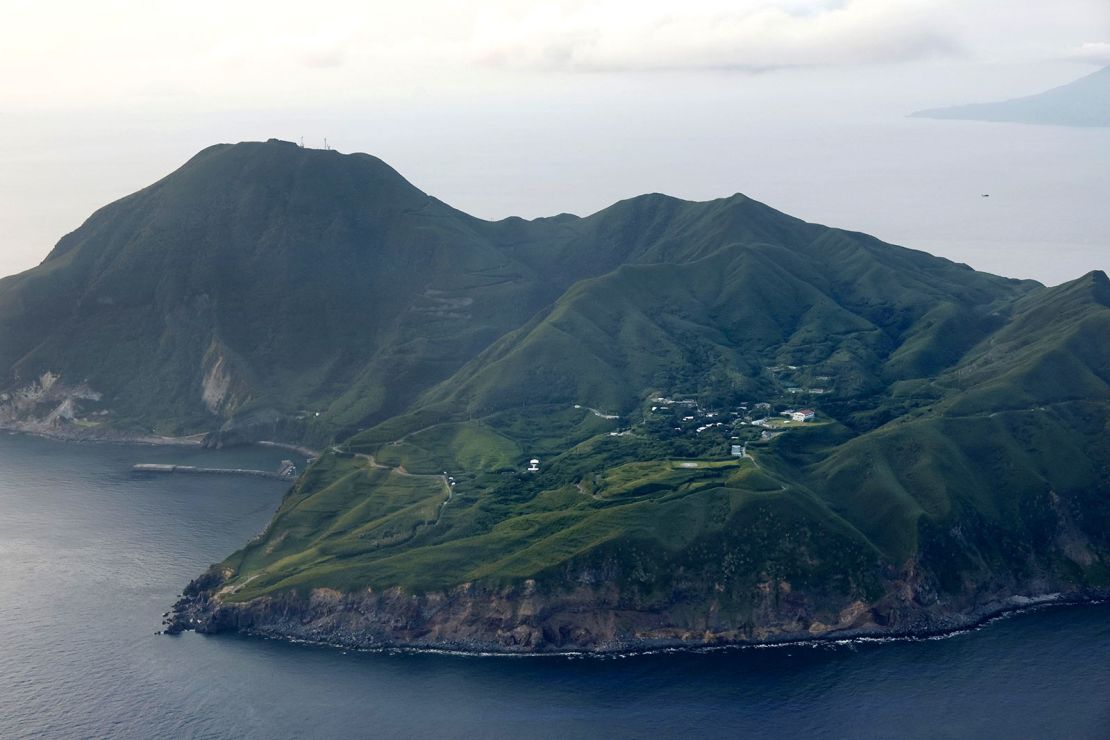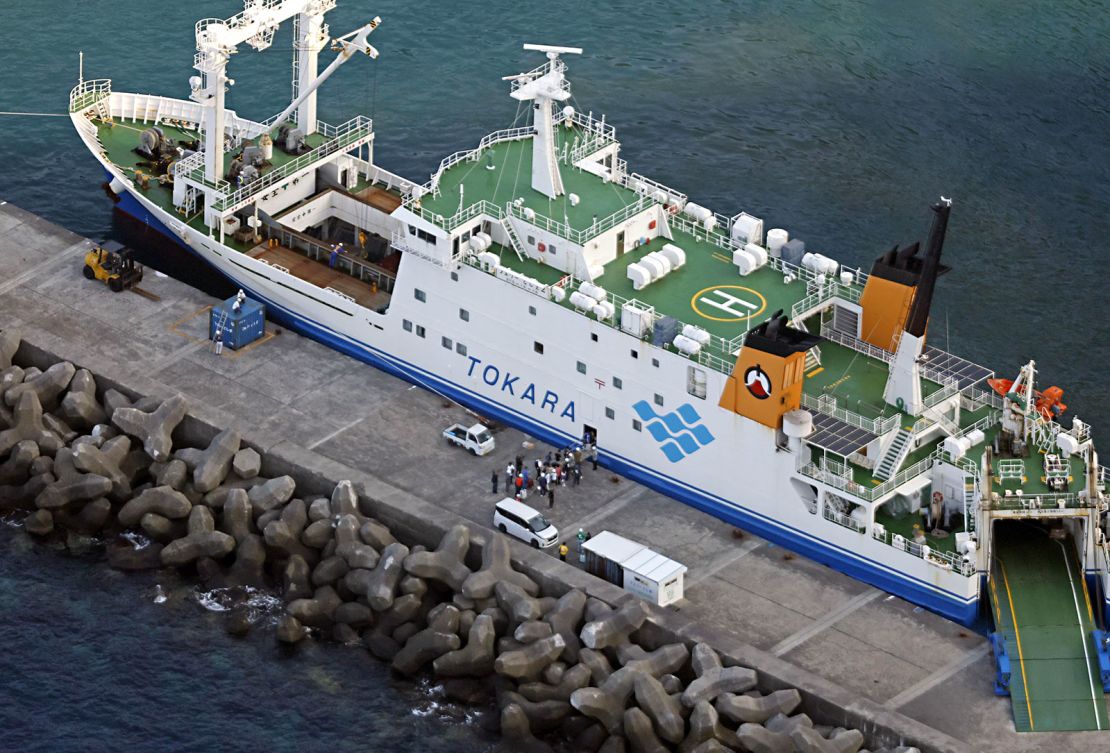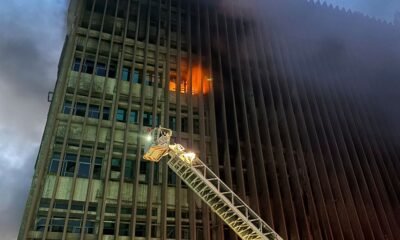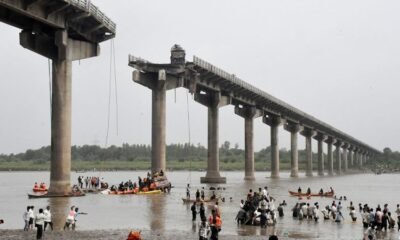CNN
—
A powerful, deadly earthquake struck at the heart of civil war-ravaged Myanmar on Friday, piling fresh misery on an impoverished nation that was cut off from much of the world even before this natural disaster struck.
The timing could hardly be worse. The Southeast Asian country is reeling from a raging civil war between a military junta that seized power in 2021, and pro-democracy fighters and ethnic rebel groups battling to overthrow it.
The war – now in its fifth year – has ravaged communications and transport in Myanmar, making it particularly difficult to get a clear picture of the damage.
So far authorities say more than 1,000 people have died. But experts fear the real toll will be far higher and could take weeks to emerge.
Here’s what we know so far.
On Saturday fragments emerged showing the destruction wrought by the quake from former royal capital Mandalay, home to around 1.5 million people and the city closest to its epicenter.
Residents of the city known for its Buddhist monasteries and a sprawling palace told CNN of homes, offices, mosques and monasteries collapsing and roads to the city ruptured by quake – which unleashed energy equivalent to “334 atomic bombs,” according to one geologist.
And they spoke of desperately rushing injured loved ones to medical care – or the agonizing wait for news of friends still missing or trapped under the rubble.
CNN managed to reach one woman living in Mandalay who recalled the terrifying moment a family member was buried by rubble. She asked not to be named.
“It hit very strong and very fast,” she said of the earthquake. She recalled she was boiling water to make milk for her baby when the 7.7 magnitude earthquake struck not far from her home to the east of the city.
Part of the wall of the house collapsed onto the woman’s grandmother who was sitting nearby, burying her legs in rubble and debris, she said.
“The door couldn’t open as a fence had collapsed onto it. I shouted out for help and my husband came in from the street. He jumped on the door and managed to open it.”
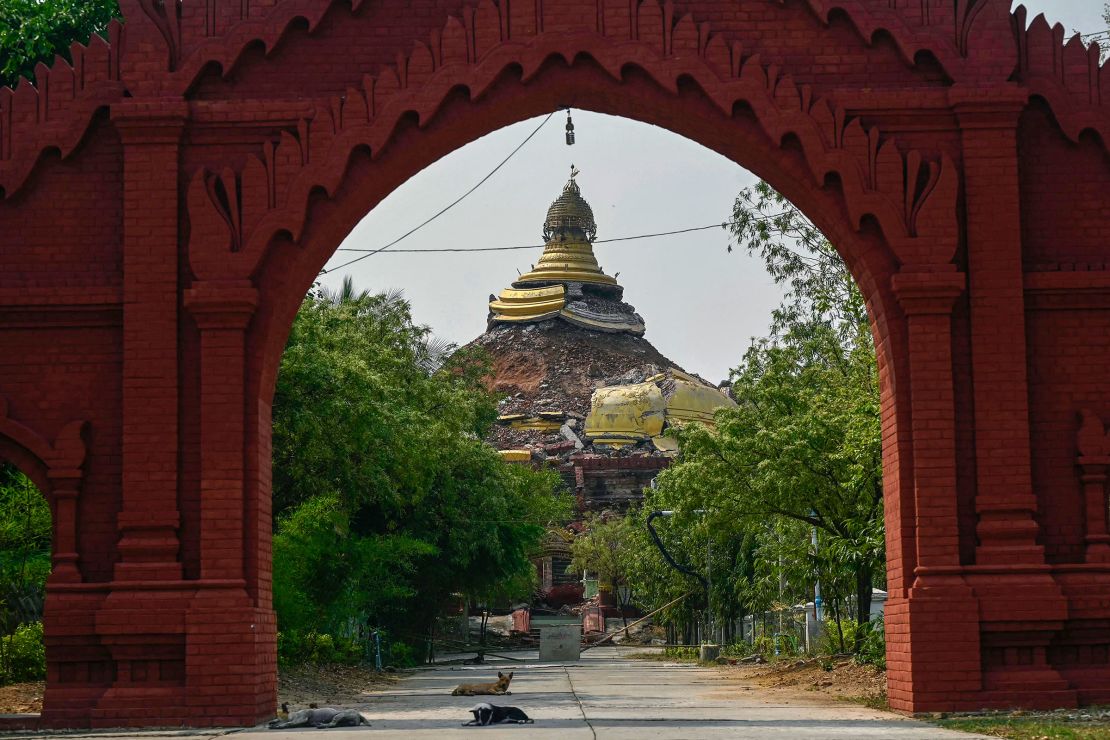
A former lawyer in the city who did not want to give his name, told CNN three members of his wife’s family had been killed in the quake.
“Until now, we have not been able to recover their dead bodies from rubble,” he said.
The quake also shattered some of the city’s mosques which were busy with worshippers attending Friday prayers, one man said.
“When the buildings collapsed, many Muslims got trapped inside, causing casualties and deaths… In one mosque, there are more than a hundred injured.”
Across the mighty Irrawaddy river that runs past Mandalay, there is also destruction in Sagaing region, a more rural area, where many live in more flimsy – but more earthquake survivable – wooden and thatched houses.
Nang Aye Yin, 34, heard news that the nunnery where a relative of his was studying had collapsed.
“Luckily no one died, but two were badly wounded. One of my nieces aged 11 lost three toes and another nun had her head broken as well as one of her legs.”
Hospitals in both Sagaing and Mandalay turned them away as they were already at full capacity, he said.
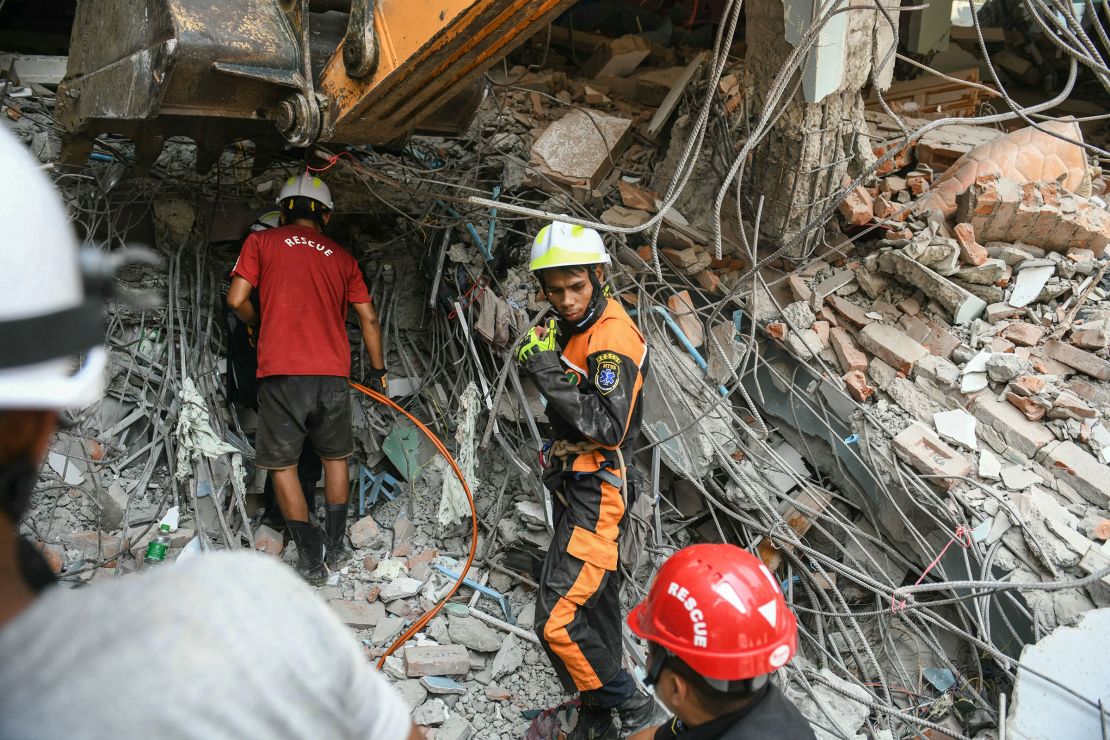
Myanmar’s military junta seized power in a 2021 coup after a brief 10-year experiment with democracy. Before that, Myanmar’s generals ruled for decades. And generally, whenever disaster struck, they would eschew foreign help and play down the impact.
This time it’s different.
Junta chief Min Aung Hlaing took the unusual step of quickly asking for foreign aid. He visited the city of Mandalay on Saturday to inspect the damage, state media reported, as well as the capital Naypyidaw which was also hit hard.
On Saturday several neighboring countries began sending rescue teams and aid.
A team from China – historically one of the junta’s closest partners – were the first to arrive, touching down in Myanmar’s commercial hub Yangon bringing relief supplies, Chinese state media said.
Singapore, Malaysia, India and Russia also announced they would send help.
But for those in quake-stricken Mandalay, around 380 miles away and with transportation uncertain, the wait driving them mad.
“My head is going to explode while waiting for calls for friends who cannot be found yet,” the former lawyer said.


